By Tim Winegard, M.Sc., Owner and Certified Arborist, Muskoka Tree Solutions
Muskoka is home to a wide range of wildlife. Some, like wolves, loons or moose, symbolize everything we love about untamed nature – while mosquitoes, blackflies and mice are another of nature’s forms that we see as a seasonal plague on cottage life. From the loved to the loathed, the management of your trees and the surrounding forest can influence the diversity and abundance of species on your property.
Though we may not all have the ability, space or resources to manage our properties for wolves and moose, we can take smaller steps towards promoting desirable species while minimizing the disturbance from others. To accomplish this, we need to examine what makes individual trees good, bad or ugly – and what influence these characteristics have on wildlife.

The Good
Promoting healthy trees and forests on our properties with a variety of diverse species, ages and classes of trees provides habitats for many different kinds of wildlife, which depend on the availability of resources in the forest for food, shelter and raising offspring.
Understanding what makes a tree desirable, both structurally and ecologically, can help property owners support desirable wildlife habitat while minimizing risk to the cottage. Healthy trees are more resilient to pest outbreaks, are able to spend more energy on reproduction (seed, cone, nut production), and pose the least threat to cottages and homes.
From the top to the bottom, healthy trees have:
1) Less than 5% of dead/dying crown material
2) Branches with well-developed branch-bark ridges where they meet the trunk
3) A minimum of unhealed trunk damage from lost branches, poor pruning, plow damage, etc.
4) Well-developed root flares (where the trunk tapers outwards into the root bed)
5) Stable root systems free of girdling roots and visible damage
The Bad
In nature, of course, there is really no such thing as a “bad” tree. Even dead or diseased trees play a role in contributing to forest ecological processes. However, on your cottage property, it is important to know how to spot trouble before it’s too late. Working with a professional arborist and forestry service like Muskoka Tree Solutions can provide peace of mind when tackling these property management decisions.
From the top to the bottom, “bad” trees have:
1) Large amounts of dead canopy material, such as freshly fallen branches at the base, damaged branches, broken tops, or branches extending over utilities or buildings (exceeding 5-10% of canopy material)
2) Branches or secondary stems with bark inclusions (i.e., no ridge) where they meet the trunk, or bursts of branch production randomly along the trunk
3) Large open cavities, vertical or horizontal cracking in the trunk, extensive bark loss, discolouration or fruiting bodies from mushrooms
4) A lack of well-developed root flares, or root flares that have been buried by grade changes or material deposition
5) Unstable excavated root zones, with visible damage or lifting root systems

The Ugly
Beauty is in the eye of the beholder when it comes to what constitutes an “ugly” tree – or a well-kept forest. For some, unusual forms, burls and knobs make for a romantic fairy-tale scene. For others, beauty lies in balanced, symmetrical trunks, orderly branching patterns and a clean-swept understory. But no matter which forest scene appeals more to you, good management means striking a balance. Remove too much dead or downed wood and you could disturb wildlife habitat; remove too little and it may pose a fire risk, or be unpleasing aesthetically.
Though the bad and the ugly may share some features in common, the only real difference has to do with potential threats to buildings or infrastructure. “Ugly” trees actually have some advantages, by providing nesting, roosting and overwintering grounds for a wide range of pest predators.
Ugly but beneficial wildlife trees may feature:
1) Broken tops that provide nest building sites for osprey and other birds of prey
2) Irregular branching patterns with tight cruxes, great for building nests out of sight
3) Open cavities, or pileated woodpecker excavations, that provide habitat for everything from owls and ducks to bats and pine marten
4) Flaking bark patches that can provide nesting sites for insect-eating birds, like brown creepers, or food storage locations for Canada jays
5) Loose root mats or upturned root systems that can be excavated for underground dens and burrows for foxes, wolves or bear
Maintaining these wildlife hotspots on your property in addition to a percentage of downed debris provides habitat for predator animals that will ultimately put top-down pressure on cottage pests like mice and mosquitoes.

Ultimately, how we balance our individual visions of Muskoka with the demands of local wildlife is an important consideration for our cottage properties. By providing predatory insects, amphibians, birds and mammals the space they need to forage, reproduce and overwinter, we can feel good knowing we are maximizing our use of the good, minimizing our risk from the bad, and counting on the ugly, to make next year at the cottage even better than the last.
muskokasolutions.com



